Qiaonan Old Street (橋南老街)
In the early days of the old street, the North Emperor Hall, famous for enshrining the God of Xuantian, was still wrapped in incense. The medicine swabs also seemed to have become a legendary aspect of the country due to the changing times. Every year, the Yuejin Port Lantern Festival is the liveliest period around Qiaonan Old Street. The dazzling lights extend from the park to the entire Qiaonan Old Street, creating a vibrant atmosphere that contrasts with its usual tranquility.
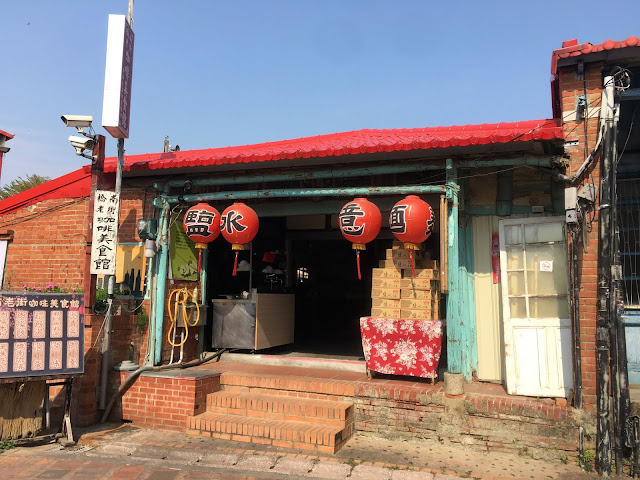




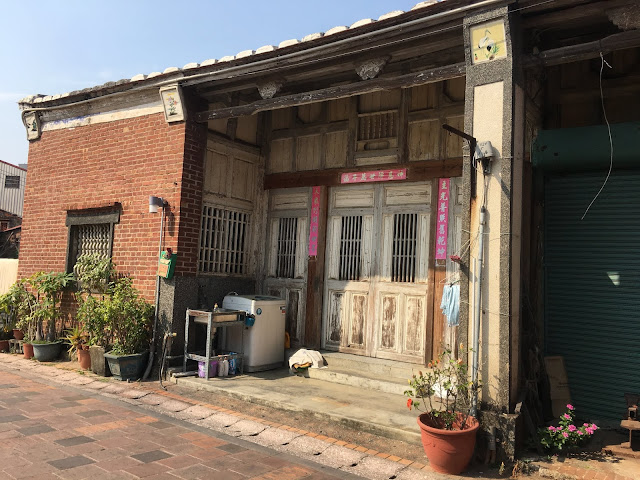
Yongcheng Theater (永成戲院)
The Yongcheng Theater opened in 1945, but its predecessor was not a theater, but the "Yongcheng Rice Milling Factory" operated by Mr. Huang Zhi. During the Japanese occupation period, the Huangjia rice milling plant flourished. However, it was affected by the outbreak of World War II. After the Japanese withdrew from Taiwan, the decline of the rice mill became inevitable. Mr. Huang Zhi then converted it into a theater, marking the origin of the Yongcheng Theater.
After its transformation into a theater, it became a gathering place for political and business celebrities in the Yanshui area. In addition to showing movies, the theater would occasionally invite troupes to perform. At that time, it was the largest theater in the area. However, with the passage of time, the Yongcheng Theater closed in 2000. It was later renovated by the Tainan City Government, and the curtains, cypress long seats, and old movie projectors that were once used in the theater were retained. The theater also features film-related appliances, ancient film tapes, and the signatures of famous movie singers from that era. Currently, in addition to showing movies, the theater is also used for Taiwanese opera and puppet theater performances. Outside the performing arts hall, there are also art installations related to movies.
Octagonal Pavillion (鹽水八角樓)
The octagonal tower is a wooden mansion built in 1847. At that time, Yanshui Yuejin Port was a bustling scene with frequent merchant ships and merchants on the streets. Mr. Ye Jiate, who ran a sugar merchant business and became wealthy, hired a master from Tangshan to build the mansion in Taiwan. The building materials used were Fuzhou cedar and masonry imported from China, which earned it the reputation of being a mansion of its time.
During the Japanese war, Prince Fushimi Miyazaki used the octagonal tower as a place to stay and as a command post after the Japanese army landed. In the courtyard, there is a stone monument inscribed with "Fushimi Miyazaki's Royal Ruins, Yanshui Port Imperial Camp." During World War II, the Octagon was partially demolished due to street corrections and bombings by the Allies. After the Second World War, the octagonal tower was returned to the Ye family, and the memorial stele was erased with cement. Over time, the cement peeled off and the writing reappeared. The structure suffered damage in the Jiaxian earthquake on March 4, 2010, and required repairs.
During the Japanese occupation period, it was designated as a historical monument under the name of "Fushimi Miyajima Prince Relic" under the "Preservation of Historical Monuments and Natural Monuments." After the war, it was announced as a historic building on May 27, 2003, and was declared a historical monument on May 11, 2009. The building was once selected as one of the ten historical buildings in Tainan County and one of the 100 historical buildings in Taiwan.

Liancheng Lane, Wangye Temple Lane (連成巷, 王爺廟巷)
In the early days, there were many shops engaged in gold paper making. Occasionally, you could see gold foil flying in the lane, which is why it is also called the Gold and Silver Lane. As it is located behind the historical monument of the First Bank, it was named Yiyin Lane during the Japanese era, and its modern geographic name is Lane 10 of Wumiao Road. The First Bank was the most magnificent building during the Japanese occupation period and was built by the Japanese in 1917. According to local elders, the alley has been in existence for over 150 years, with bungalows and old houses that were built nearly 90 years ago.
The First Bank Yanshui Branch is located on Sanfu Road. It was established in 1917 and features an impressive interior design that showcases its style. It was once the most renowned contemporary building in the area. With a history of nearly a hundred years, the Wanhua branch was built by the Japanese. The architectural structure of the First Bank still retains the charm of the Japanese era. The exterior of the building was originally a stone-washed facade.
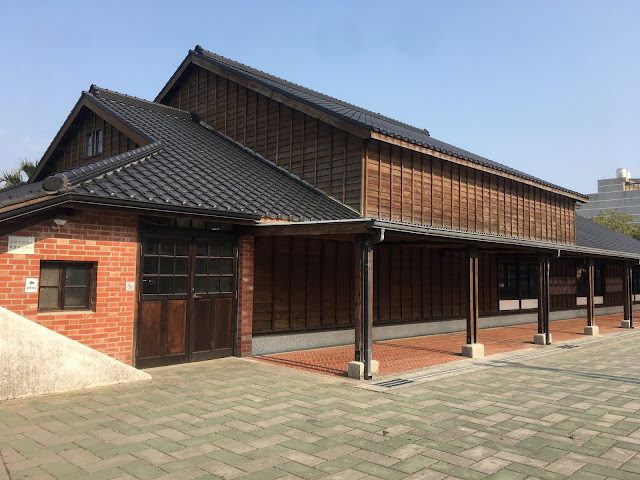
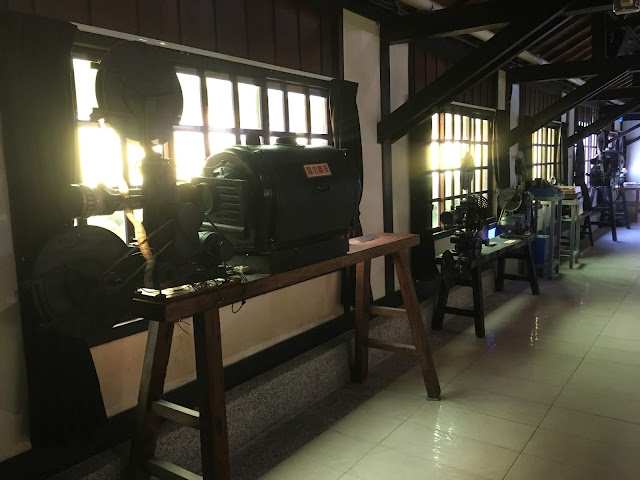

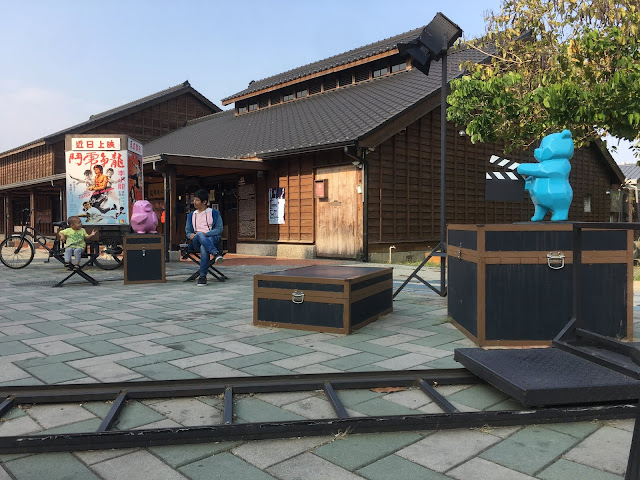

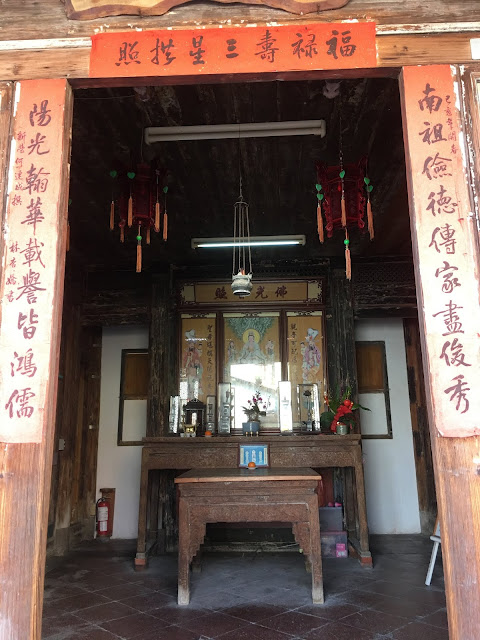
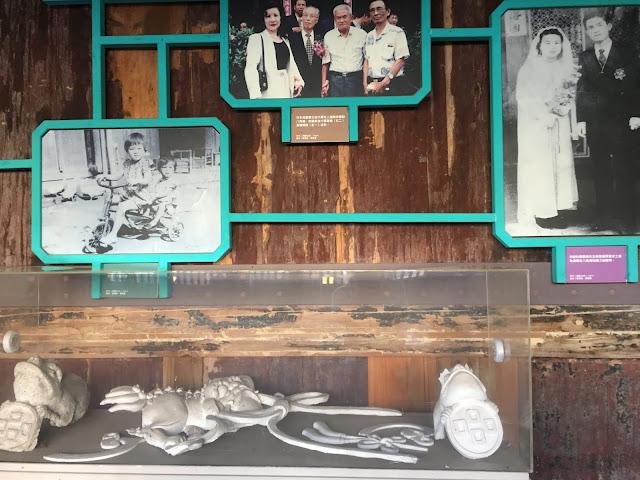




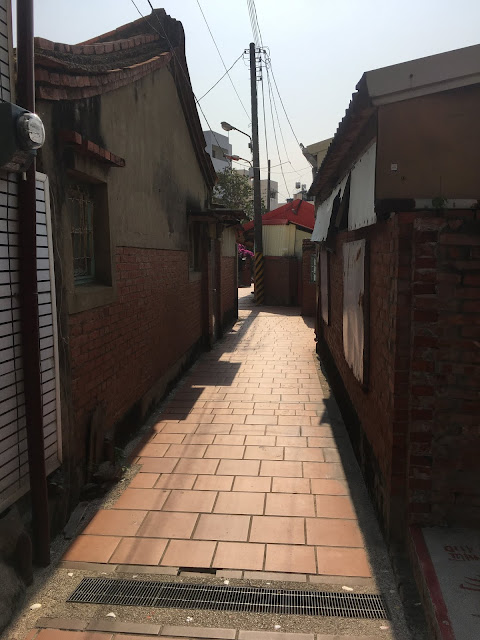









0 komentarze:
Post a Comment